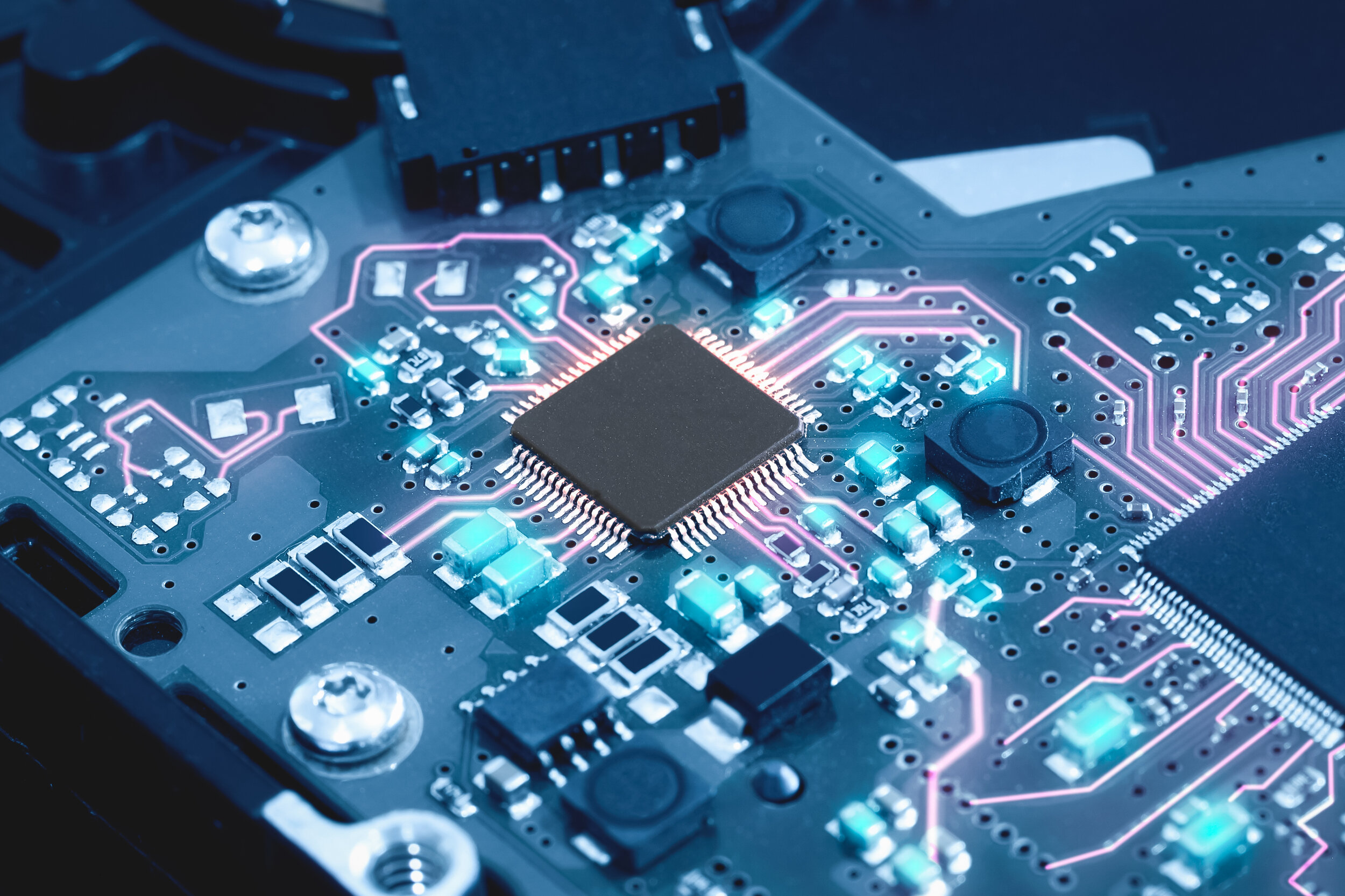Low-friction interface between layered materials has potential for wear reduction

Discovery may herald high-performance computer hard disks where lack of friction enables greater data storage
It has long been known that layered solid materials, particularly graphite, can act as lubricants. A joint project between Tel Aviv and Tsinghua Universities has now found that the interface between graphite and a two-dimensional material, hexagonal boron nitride, exhibits a property known as superlubricity where friction between two surfaces virtually disappears altogether.
Hexagonal boron nitride has a similar structure to graphene
“Superlubricity is a highly intriguing physical phenomenon, a state of practically zero or ultra-low friction between two contacting surfaces,” said Prof Oded Hod, who led a team at Tel Aviv University (TAU)’s School of Chemistry. “The practical implications of achieving robust superlubricity in macroscopic dimensions are enormous. The expected energy savings and wear prevention are huge.”
The study began with a prediction from theoretical and computational groups at TAU that interfaces between graphene and hexagonal boron nitride would exhibit superlubricity. These groups, working under Prof Hod and Prof Michael Urbakh, collaborated with an experimental group at Tsinghua’s mechanical engineering department who used atomic force microscopes to investigate the behaviour of the interface between the two materials and also used spectroscopy measurements to characterise the crystallinity of the graphite surface.
In a paper in Nature Materials, the researchers explain that the interface they were studying was six orders of magnitude larger in surface area than earlier measurements of nanoscale interfaces, and exhibits robust superlubricity in all orientations, at ambient conditions, and when external loads are applied.
Removing frictional losses would be hugely significant for many industries. In the automotive sector, for example, one third of the energy used by a vehicle is expended in overcoming friction. For Prof Hod, the most significant application might be in computing.
“This discovery may lead to a new generation of computer hard discs with a higher density of stored information and enhanced speed of information transfer, for example,” he said. “This can be also used in a new generation of ball bearing to reduce rotational friction and support radial and axial loads. Their energy losses and wear will be significantly lower than in existing devices.”
Layered materials are held together by a phenomenon known as van der Waals forces, where short lived fluctuations in the shape of electron clouds within the layers generate electrostatic attraction. The researchers in Israel and China believe that the results from graphite and boron nitride should be applicable to other structures held together in this way.





